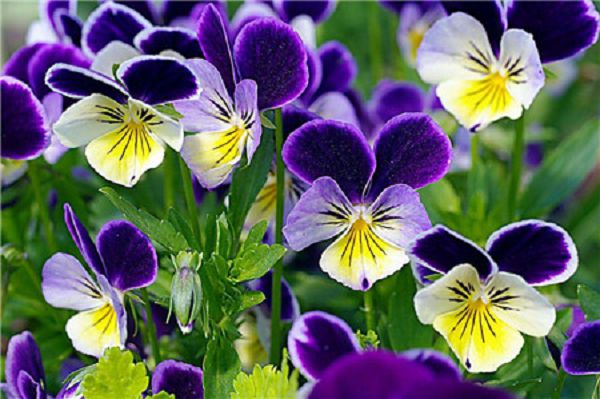Seven principles should be paid attention to in fertilizing flowers

Flower fertilization is a problem that many flower friends do not master well in the process of flower companionship. Too much fertilization or too little fertilization will lead to poor growth of flowers. The editor will introduce to you several major principles that should be mastered in fertilizing flowers.
A string of red
The main results are as follows: 1. There are many wounds in the newly planted plants without the application of the newly planted plants. if they are stimulated by the outside world, they will not be able to heal and will cause rotten roots.
2. if no fertilization is applied at flowering stage, it will cause bud drop, flower drop and fruit drop.
3. No application of flowers in dormancy period stops or slows down growth in dormancy period, slow metabolism and poor photosynthesis. If fertilizer is applied, dormancy will be broken quickly and plants will continue to grow. In this way, more nutrients will be consumed and flowering in the coming year will be affected.
4. do not apply thick fertilizer to potted flowers, the concentration should not be too high or the dosage should be too much, otherwise it will cause death. Generally speaking, we should grasp the principle of "applying thin fertilizer frequently", and it is appropriate to use three parts of fertilizer and seven parts of water.
5. Do not apply raw fertilizer if you apply unripe fertilizer, it is not only easy to produce worms and maggots, but also often emit a stench and pollute the environment, and will ferment in the presence of water, harming the root system of the plant.
6. instead of applying nitrogen fertilizer alone, we should combine nitrogen, phosphorus and potassium, preferably with cake manure, barnyard manure, compost and other farm manure.
7. If the diseased and weak plants are not applied, the branches of the diseased and weak plants are thin, the photosynthesis is poor, the metabolism is slow, and the deficiency is not replenished. If fertilized, it is easy to cause fertilizer damage.
Related
- What if the leaves of potted flowers turn yellow?
- Florescence Control of several Flowers
- Anti-freezing technology and post-freezing nursing technology of flowers
- What is the classification of flowers? What are the common methods of flower classification?
- Prevention and control of alkali and acid damage of flowers in courtyard
- Technology of Anti-freezing and restoring growth of Flower seedlings in greenhouse and greenhouse
- How does flower fertilization not hurt the root? Fertilization technology of flowers
- Key points of disinfection in flower greenhouse
- Several pesticides that are banned or used cautiously in flowers
- How to fertilize the flowers that watch the leaves?



